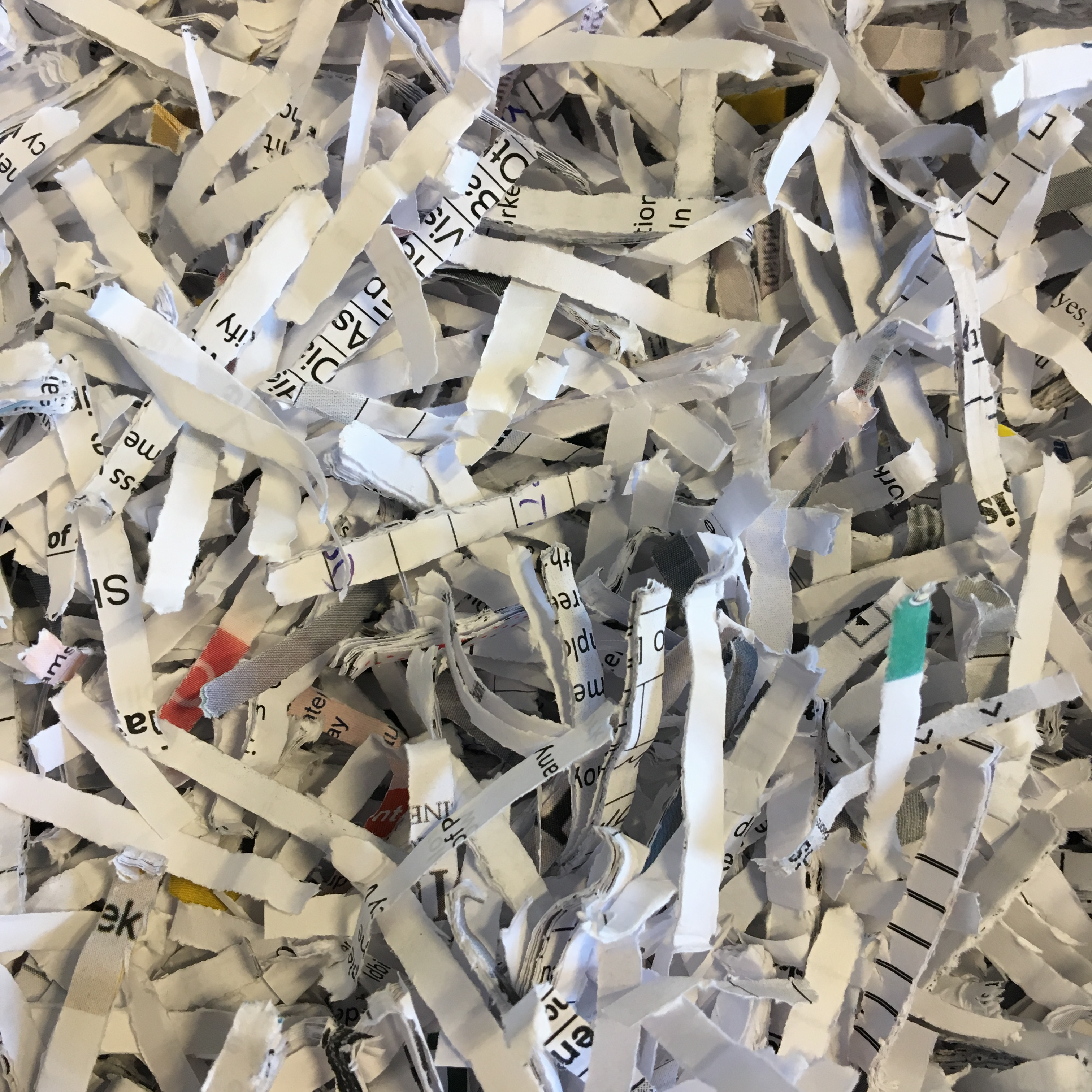Paperless Office – Pier offers advice on going digital
The news in 2019 has been filled with concerns about plastic waste and how we can combat single use plastics. But did you know that 70% of office waste consists of paper? An average of 5 litres of water is used to create a single piece of A4 paper. We could all consider ways to reduce our paper usage.
With that in mind, the Pier back office has been busy over the past few months. We have overhauled our internal procedures and paperwork, in an effort to make a paperless office (or mostly). Thinking of taking the plunge yourself? Our Operations Administrator Laura gives her top tips below.
What are the benefits of a paperless office?
Space
Filing cabinets, boxes of paper, printers; they all take up office space. Desks with empty in trays also mean that paperwork is less likely to go missing, overall creating a less stressful working environment
Cost
Have you ever looked at your spending on printer paper, ink, envelopes and postage and shredding? You may be surprised at what you could save.
Time
Compare waiting for a contract to be sent and then returned in the post to a PDF or e-signature. Or the time it takes to go through the filing cabinet in search of that document compared to typing it into a search bar. It all adds up.
Security
With the advent of the GDPR regulations, secure data is more important than ever. Storing documents electronically means that you can restrict access rights to documents or track access. You also have a back up in case anything should ever go wrong.
So how do I start making my office paperless?
Forward planning is key to ensuring an easy transformation.
You will need to digitize all your documents by scanning them onto a system, but firstly you need to make sure they are organised effectively in a digital filing cabinet.
Is your current system working? Or will your staff still be racking their brains and struggling to remember which file a document is saved in if you go digital? You need to consider all the different uses and users of the document and how they would go about searching for it before choosing your document names and locations. Also consider the sensitivity of the information. Who does and does not require access?
You should also consider the security of this system, and your backup options should something go wrong. Cloud storage can be a cheap and effective option and there are many file transfer systems online to choose from, so do your research before you commit.
Adapt your procedures and paperwork
Before you start scanning you should list the existing paperwork in use in your company. Then decide how you can convert that paperwork and the processes used to create it. You may want to digitize your internal / external forms. Can you authorise documents by e-mail or is it worth investing in e-signature software? Do you have the technology available to share documents through software for meetings rather than providing print outs?
Get scanning
If you do not already have a scanner then it may be worth investing in one. Otherwise there are plenty of mobile apps that will do the job for you. This is a laborious job but you will soon see the ROI. Shredding hard copies once scans have been saved is advisable to avoid a security risk.
Train everyone involved
You may meet with some resistance in your team from the paper enthusiasts, so remember Rome wasn’t built in a day. Taking the time to train staff properly on the new processes and systems is one of the biggest challenges. But it will ensure that when you make the move, the whole business is prepared.
Remain adaptable
I doubt there are many businesses out there that are completely paper free. For some processes a paper trail may make more sense. You will still get post from your suppliers that you will need to scan onto your systems.
Consider the needs of your customers. You may prefer the ease of invoicing by email, but they may still want the option of paper documentation.
Give it time
Some procedures will transfer easily whilst others take time. We have been working towards digital time sheets for over a year but we aren’t quite there yet. You want to be confident the new systems work before investing time and money, so take each step slowly and go paperless process by process.







